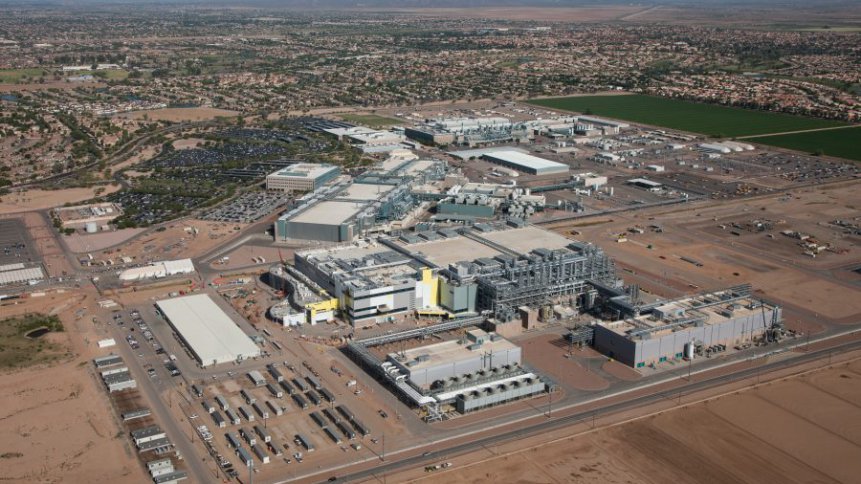Are we deep into a global semiconductor shortage conundrum?

- The delays in getting chip production equipment are the “worst in decades” as component shortage and logistic delays mount throughout the global supply chain, industry sources claim
- Reports are indicating that chipmakers trying to expand production capacity will have to wait 1.5 years or longer for key equipment
- Leading chip tool makers including Applied Materials, KLA, Lam Research and ASML warned clients that the waiting period is 18 months for some crucial machinery
The global semiconductor shortage that began in mid-2020 and disrupted production for most global automakers in 2021 has prompted increased spending, especially on capacity expansion. The high CAPEX figures can also be attributed to the emergence of new technologies such as the Internet of Things (IoT) and autonomous cars that are driving demand for advanced chips.
At the start of this year alone, the world’s top three foundry companies — Taiwan Semiconductor Manufacturing Company (TSMC), Intel and Samsung—had announced plans to increase investment significantly for 2022. TSMC, which doubled CAPEX from nearly US$15 billion in 2019 to US$30 billion in 2021, has set aside US$44 billion for 2022.
Intel, on the other hand, plans to spend half that amount for its foundry business this year. Samsung also increased its capital expenditure for its chip manufacturing unit in mid-2021 from US$115 billion to US$151 billion until 2030. In fact, numerous other semiconductor foundries have been scrambling to add capacity to meet soaring demand amid the global chip shortage.
Due to that, experts were warning that the demand-supply equilibrium, which is anticipated to be reached in 2023, could possibly lead to a supply glut down the road. What was least expected is that efforts to expand production capacity will be hindered due to a longer wait period for key equipment.
In an exclusive report, Nikkei Asia highlighted that chipmakers will have to wait a year and a half or longer for key equipment, as unprecedented parts shortages and supply constraints batter the chip tools industry. Citing multiple sources, Nikkei highlighted that leading chip tool makers — including Applied Materials, KLA, Lam Research and ASML — have been warning clients they will have to wait up to 18 months for some crucial machines.
The sources claim that there are shortages in everything from lenses, valves and pumps to microcontrollers, engineering plastics and electronic modules. To top it off, even demand for chip machines is surging. “TSMC, United Microelectronics Corp., Intel and Samsung Electronics all have plans scheduled to come online, some as soon as next year, and sources say they are starting to worry that lengthy lead times will affect those plans,” Nikkei said.
The extent of the severity is such that Nikkei was told that TSMC, UMC and Samsung are even sending senior executives overseas to urge their equipment vendors to make greater efforts. Making matters worse, delivery times have also increased massively from three or four months on average before the pandemic in 2019 to between 10 and 12 months in 2021.
To industry experts, the delays in getting chip production equipment are the “worst in decades” as the supply chain is already pressured by component shortages and logistic delays. “There are so many bottlenecks, from different components to logistics, and they just cropped up one after another,” a manager at a leading US chip equipment maker told Nikkei Asia.
Overall, the huge jump in capital expenditures for chipmakers can only be justified by the expectation that global demand for semiconductors will keep rising. This year alone, chipmakers are on track to spend US$152 billion on new fabs and production equipment, up from US$113.1 billion last year.
On a percentage basis, this is a 34% year-on-year increase, which is the strongest YoY growth since 2017, IC Insights report shows. But as Russia invaded Ukraine, Gartner foresees the situation to only worsen, impacting directly on the supply chain of raw materials for chip manufacturing, and inevitably, a fresh wave of panic buying.










